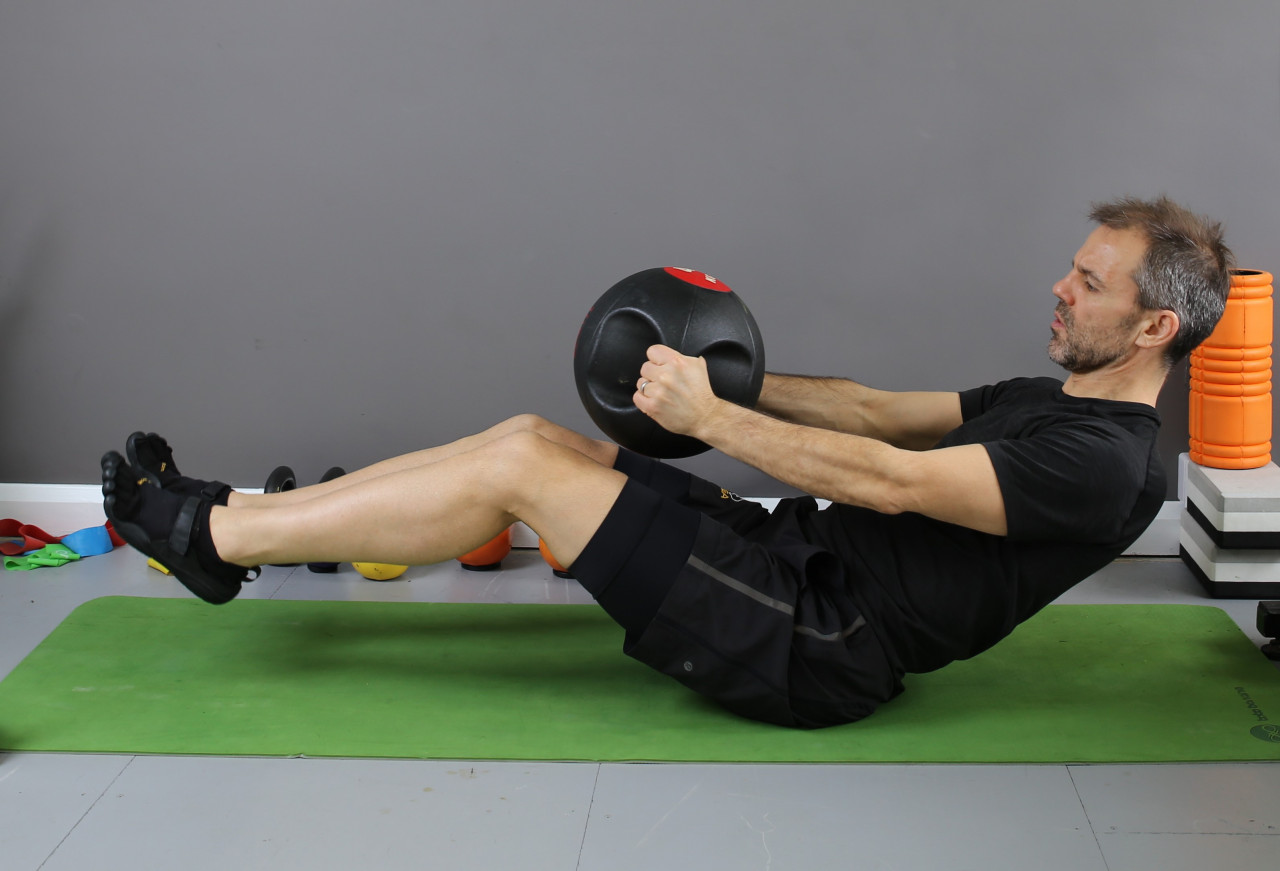
Why Strengthening Your Core for Cycling is so Important
After coaching thousands of riders, one truth is clear: stronger cycling starts with a stronger core.
1: Neglected in favour of more time on the bike
2: Incorrectly executed i.e. bad form maintained, leading to injury and either muscular pain or the wrong muscles working, resulting in a de-activation of the core muscles you are targeting
3: Limited to one or two core exercises only, resulting in mainly the frontal core being worked with no focus on the oblique or back core muscles
4: Lacking in frequency i.e. not done often enough to see the return on investment (ROI)
5: Too short a time or too few reps to see real improvements.
90% of amateur cyclists we have worked with rarely train their core. Core training should be a part of EVERY athlete's training plan, especially cyclists, given the amount of time we spend in the saddle.
Essentially the core is the mid-section of the body which allows the rest of our body and limbs to work more effectively and efficiently when these muscles are working properly and are fully engaged.

The major core muscles
Frontal Core muscles
Rectus abdominus - Upper and lower abs (the six-pack)
Side Core muscles
External abdominus obliques and Internal abdominus obliques
Back Core muscles
Erectus Spinus and Multifidus
Frontal, Side and Back Core Muscle
Transverse abdominus – Deep core muscle that acts like brace or belt around the entire core area
So why strengthen the core?
- Core strength improves posture and stability while cycling, increasing power output and preventing injury.
- A strong core enhances breathing improving your endurance.
- Core training improves balance and coordination ensuring better bike handling ability.
The core’s responsibility for a cyclist is to maintain stability and posture so your body is stable on the saddle. As a result, this will improve your efficiency by preventing excessive side-to-side movement (and potential for nasty saddle sores) so that all the energy produced is delivered in a smooth pedal stroke.
The rocking effect on the saddle can be caused by a few issues but often results from a lack of core strength or bad cycling habits in many amateur cyclists. This leads to a lack in core muscle activation, resulting in a drop in overall riding efficiency as the body must recruit other muscle groups to compensate to keep your balance on the bike.
The longer you ride like this, the faster you will begin to fatigue and once you start to fatigue your supporting muscles also get tired. This can lead to muscular pain in several areas including the hips, groin, hamstrings, quads, as well as the lower back, shoulders, and neck.
Another factor that is affected by a reduced riding efficiency is your pedal technique. When you are less efficient driving optimal power into the pedals you end up using more energy recruiting even more muscles to work harder to power the bike. Although you might not notice a dip in performance on a short ride when reviewing your post-ride stats, it's when the ride gets longer that you will inevitably notice a drop in power output and cycling performance.


Need motivation to get started?
By investing 15 minutes a day in core training over a 30 day period you will not only be able to maintain a stable and engaged position on the bike but you will feel the benefits in everyday life too. Check out the following options to train smart with Njinga:
1. Online 30 Day Core Challenge Level 1 for cyclists.
2. Online 30 Day Core Challenge Level 2 for cyclists.
Our core exercises will not only strengthen and stabilise your key muscles but also improve muscle interaction. Instead of focusing on one muscle, many of the exercises are designed to recruit all the muscles involved in the complex movement. This allows you to immediately adapt and implement the changes when out on the bike.
Testimonials:
"There is no doubt our core strength and stability on the bike have noticeably improved. When tiring on the bike, consciously engaging the core results in a noticeable increase in power, which was not the case previously. Mentally knowing that you have worked on your core strength is also helpful - knowing that you are strong, have put in the effort, and have the power to push your limits."
- Simone and Graham
"On the recent programme my core strength doubled and my flexibility increased dramatically. These courses and the structured training really deliver results, thanks for getting them to work in a virtual world."
- Mark Donovan
"This programme has been brilliant. The series of challenges have kept me and my son engaged and motivated - all at a difficult and challenging time. it was the perfect way to start the day. At the end of the 30 days, we were both noticeably stronger. Since finishing I ran my fastest ever 10 (knocking more than 2 minutes off a 20 year PB). We are both stronger on the bike - and I believe that these classes were a "core" reason!
- Fraser & Aaron Houlder
Need coach advice?
If you want to improve your cycling as part of an overall structured and progressive Njinga training plan or you simply need some advice on what to do next, then book a free 15min Coach Call with one of our Njinga Coaches, we are here to help.

